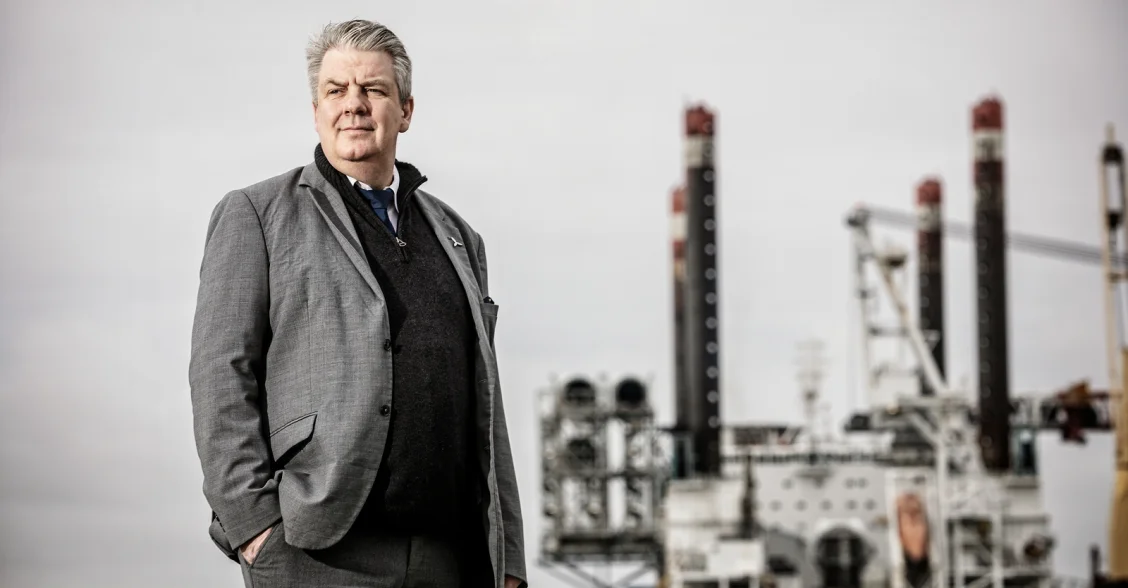It is now a year since Draghi made his diagnosis: Europe’s competitive strength is challenged. So is our security. And we urgently need to find solutions to strengthen both our competitiveness and resilience. Infrastructure and the European ports play a key role in this context, and we are already in the process of making our contribution. We must combine military and civilian purposes – also known as ‘dual use’ – in a forward-looking, intelligent way and in a so-called modal shift.
We and the companies at the port are seeing a new trend in what our customers demand. More and more businesses want to move freight transport from the roads on to trains and ships. This also aligns with what is emphasised by the European Commission, namely a modal shift – moving from road transport to sea and rail transport – which will be a cornerstone of freight transport in the future.
The extension of the railway to the port and the RoRo terminals at the port make us a central hub for the EU Trans-European Transport Network (TEN-T) that links roads, railways, ports and airports across Europe. This is essential for us so that we can serve the global markets in Asia and the USA with European products through efficient maritime logistics solutions.
A modal shift requires a coherent infrastructure and strong cross-border cooperation. Cooperation between countries, regions, authorities, industries and sectors is indeed more crucial than ever.
From our seat on the Management Board of WindEurope, we can see how ongoing sharing of knowledge and know-how in the sector has helped drive developments in the right direction. We are not there yet, but the European ports are committed to serving and supporting the solutions that will ensure that we achieve the green transition in Europe.
At a time when energy and trade policy has become security policy, the European ports play a key role as critical infrastructure. Dual use is the key word: We must ensure that the ports are future-proofed for both civilian and military purposes. For Port Esbjerg, this means that we must be geared to deliver on our roles as a NATO port, a vital element of an international supply chain and a hub for wind power and the green transition. This requires constant development and major investments.
By investing in Port Esbjerg, the European Investment Bank has recently demonstrated how the EU can contribute specifically to strengthening Europe’s infrastructure and security of supply through dual-use projects. The investment was made in close collaboration with the Danish government, which played a key role in supporting the project. This is a prime example of how strong European collaboration can create solutions that serve national needs while at the same time strengthening Europe’s collective resilience.
The European ports are already leading the way in how to build the Europe of tomorrow from the quayside: with innovative, flexible and resilient solutions. The ports are crucial if Europe is to succeed in implementing the green transition, strengthen its strategic autonomy and enhance the competitiveness of its businesses.
You may also want to read about RoRo’s important role in supporting European industries – and Port Esbjerg’s new membership of the Baltic Ports Organization, which will strengthen trade corridors between the Baltic Sea and the rest of Europe. It may also interest you to read about Port Esbjerg’s new Innovation Hub, which will be a forum for developing and testing new solutions in close cooperation with the companies at the port. Finally, I invite you to read about Villemoes Holding ApS, which has acquired ten per cent of Port Esbjerg’s property development company.
Go to overview

